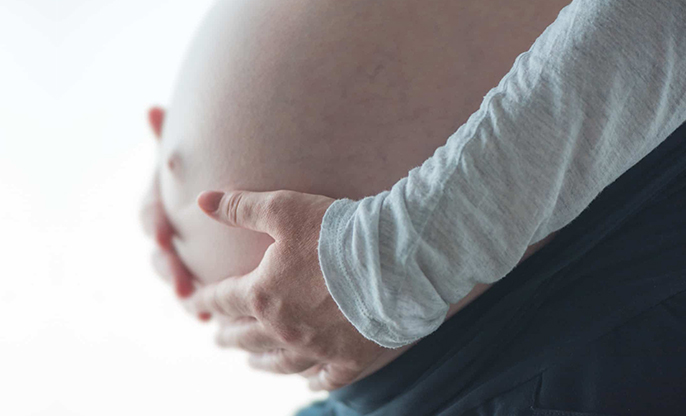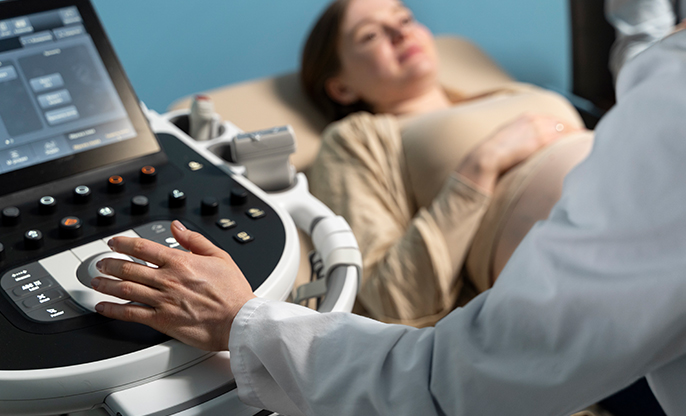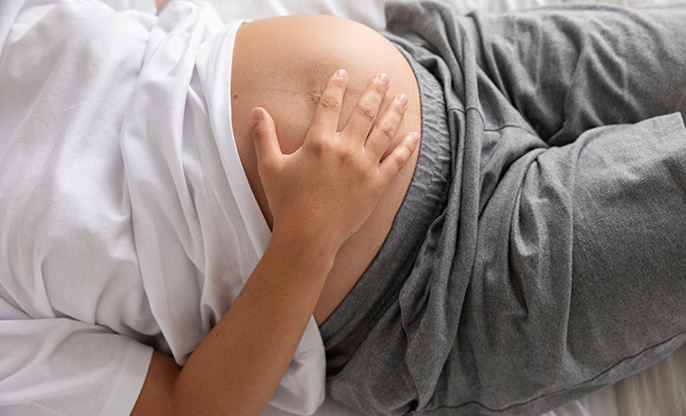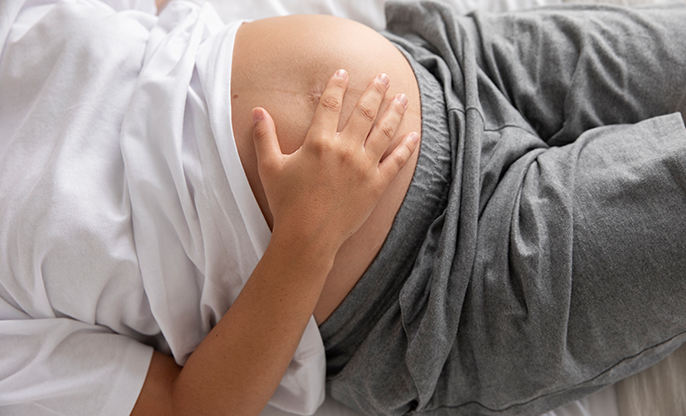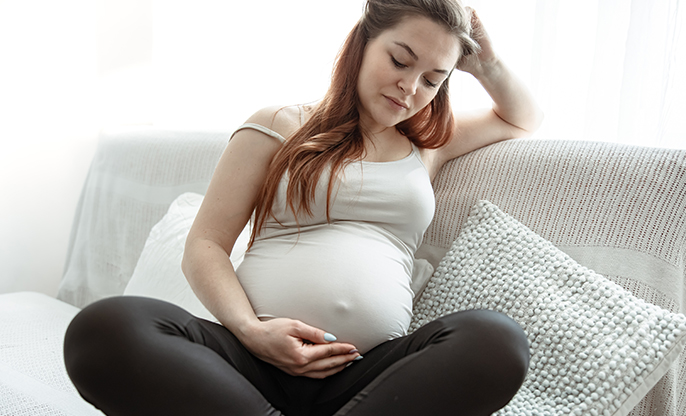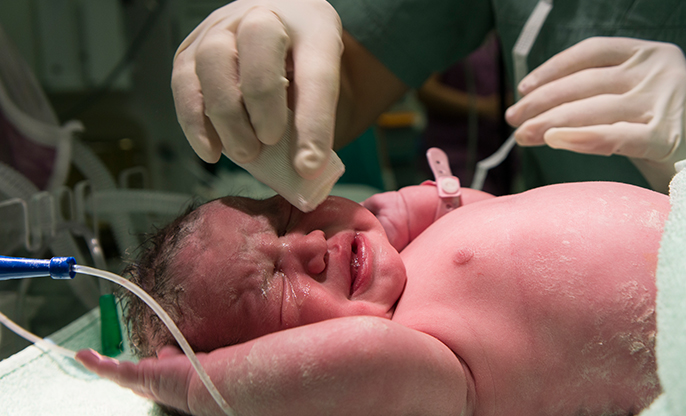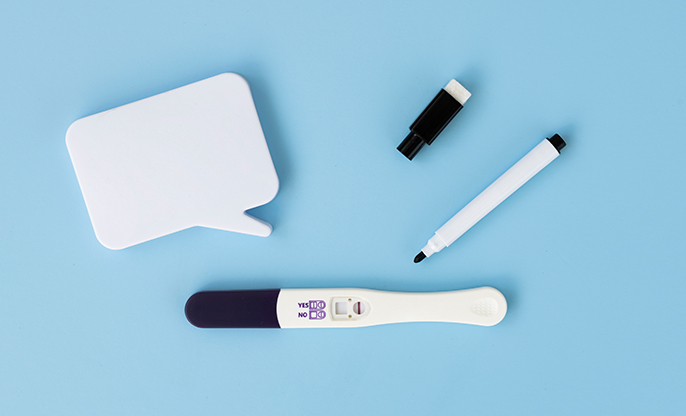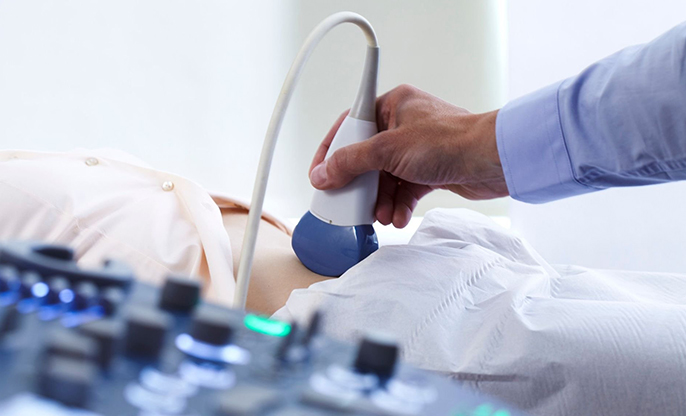
Learn About Hyperemesis Gravidarum in Pregnancy
Almost 8 out of 10
women feel sickness, nausea and vomiting in the mornings during their
pregnancy. Mostly the symptoms of morning sickness reduce around the 12th to
20th week, but sometimes they last longer. Unfortunately, some women suffer
from severe vomiting and nausea, so much so that they cannot retain a morsel of
food or drink and throw up several times a day.
Hyperemesis
gravidarum is the medical term for persistent vomiting during pregnancy,
causing weight loss, volume loss and leading to ketonuria and/or ketonemia. The
daily routine and health of the mother start getting impacted, and the
condition may worsen in some cases and need hospitalization!
Diagnosis of the condition:
There is
disagreement about the precise diagnostic standards, but frequently they are
judged by and pertain to extreme cases of nausea and vomiting during pregnancy.
What leads to Hyperemesis during pregnancy?
The placenta
releases the hormone human chorionic gonadotropin, or HCG. Morning sickness is
frequently mild and is commonly thought to be brought on by this (HCG) hormone.
Experiencing a sharp rise of this hormone in blood levels worsens nausea and
vomiting. Pregnancy-related Hyperemesis is more severe and less frequent.
Although the exact
causes of HG are unclear, some research studies claim that pregnancy-related
hormonal changes are a contributing factor. According to certain research,
women who have experienced motion sickness, migraines, or psychological stress
may be more prone to develop HG.
How is HG identified?
Diagnosis of
Hyperemesis during pregnancy involves:
- A
comprehensive, detailed physical examination,
- a
complete patient history,
- the
recognition of characteristic and distinct symptoms-
●
prolonged continuous
severe nausea and vomiting,
●
dehydration,
●
weight loss
Complications and Symptoms of Hyperemesis gravidarum
All these symptoms
can help confirm the diagnosis of this condition. Hyperemesis gravidarum, the
severe form of nausea and vomiting, as discussed earlier, commonly occurs in
the first trimester of pregnancy. It typically occurs in almost 0.3% to 3% of
pregnant women.
Hyperemesis gravidarum is
not the usual nausea and vomiting of morning sickness in pregnancy. Thus, the
HG symptoms are more concerning than the typical morning sickness many pregnant
women experience.
Symptoms of HG include:
- If
left untreated, the recurrent, prolonged, and discomfiting nausea and
vomiting can result in undernourishment, dehydration, and weight loss.
- Dehydration
and lack of moisture
- Other
symptoms that women in this condition may suffer from are
vertigo,
- feeling
thirsty, tired, dizzy or lightheaded,
- headaches,
- Passing
dark yellow, strong-smelling urine.
- lack
of proper urination,
- sensitivity
to particular foods or scents,
- Fatigue
and exhaustion.
- weight loss
Is Hyperemesis gravidarum a threat to the unborn child?
Stillbirth,
Preeclampsia, and premature delivery have all been linked to hyperemesis
gravidarum, particularly in severe cases. One to three pregnant women suffer
from this condition, though many times it goes unreported as the women treat
themselves with home remedies to feel better.
But, if you are
vomiting frequently and unable to retain liquids, inform your health care
assistant right away. If left untreated, it can result in dehydration and other
medical complications. You need the proper treatment to protect yourself and
the unborn baby, so contact your doctor or midwife now!
Unlike normal pregnancy morning sickness, HG can be a challenging 16 to 20 weeks journey. In some cases, it may continue even after the baby is born, but mainly, some symptoms improve after 20 weeks. One more thing, some other conditions during pregnancy can also cause nausea and vomiting, so a detailed evaluation by your doctor will help you reach a definitive diagnosis.







